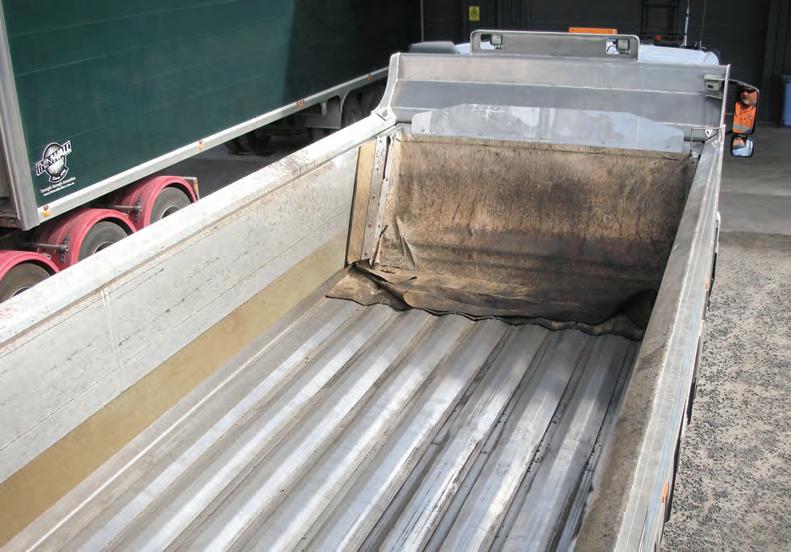A CIVIL SOLUTION:
Dincel walling at the Gundagai Sewerage Plant.
DINCEL 275 A NEW WALLING SOLUTION FROM DINCEL STRUCTURAL WALLING WILL ENABLE CIVIL CONSTRUCTION PROJECTS TO BYPASS THE USE OF STEEL REINFORCEMENT, IMPROVING A PROJECT’S PRODUCTIVITY AND CARBON FOOTPRINT.
S
trength tests by the University of Technology Sydney showed the Dincel 275, a new structural walling innovation, can be implemented without the use of steel reinforcement bars when in-filled with mass concrete, or macro synthetic fibre (BarChip) reinforced concrete. Dincel (as a company) has been around for decades, its origins began in New South Wales as an engineering consulting business. In 2006 the business evolved to manufacture walling solutions. The owner and inventor found there was a need to create a new walling system to speed up construction and make life simpler for construction workers. This is where Dincel Structural Walling was born. The Dincel product has been used in a wide range of applications from residential and commercial to civil projects. Dincel walling profiles are connected together with a simple snap lock joint
40
ROADS SEPTEMBER 2020
and filled with concrete. Once filled with concrete, the formwork stays in place and acts as a waterproof protective membrane. The same applies to Dincel’s newer product, the Dincel 275. This product however, is specially designed for larger and heavier construction work. Berkay Dincel, Director of Dincel Construction System, says one of the innovative aspects of the Dincel 275 is the unique design. “The middle of the Dincel 275 formwork shell consists of a cylindrical ring which is unique. It gives the formwork quite a lot of strength” he says. Dincel 275 can withstand high slump concrete, high pour lifts, and with the omission of horizontal steel reinforcement bars in particular, air void free concrete is ensured. The use of this profile helps to increase the asset’s life as potential corrosion issues are prevented and waterproofing of the wall is not required.
“Concrete walls are steel reinforced and we wanted to explore if we could create a wall solution for civil applications without steel bars in it at all.” To ensure that the system is safe for use without steel reinforcement, Dincel partnered with the University of Technology Sydney (UTS) for extensive testing. Tests were completed in line with Australian Standard 3600:2018 (Appendix B) for concrete structures. This sets out the minimum requirements for the design and construction of concrete building structures and members that contain reinforcing steel or tendons, or both. “We tested the walls with mass concrete inside and then with a synthetic fibre concrete, without the use of steel bars,” Dincel says. Each tested system was certified by UTS as compliant with the National Construction Code. The Dincel 275 walls are also able to be back-filled 24 hours after the concrete in-

















